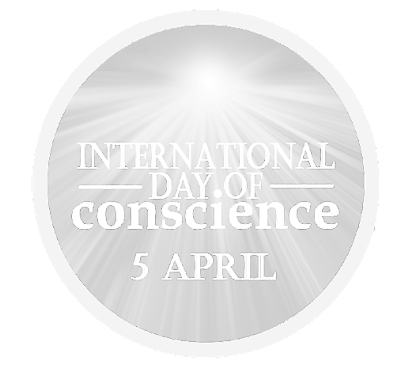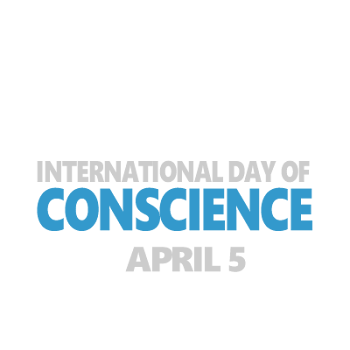Enhancing our conscience.

Consciousness is not a process in the brain but a kind of behavior that, of course, is controlled by the brain like any other behavior. Human consciousness emerges on the interface between three components of animal behavior: communication, play, and the use of tools. These three components interact on the basis of anticipatory behavioral control, which is common for all complex forms of animal life. All three do not exclusively distinguish our close relatives, i.e., primates, but are broadly presented among various species of mammals, birds, and even cephalopods; however, their particular combination in humans is unique. The interaction between communication and play yields symbolic games, most importantly language ; the interaction between symbols and tools results in human praxis. Taken together, this gives rise to a mechanism that allows a creature, instead of performing controlling actions overtly, to play forward the corresponding behavioral options in a “second ...




